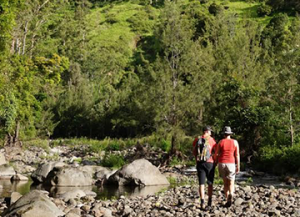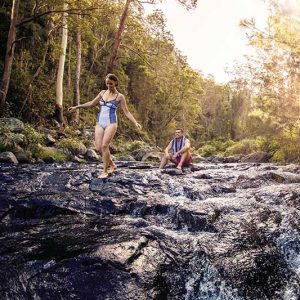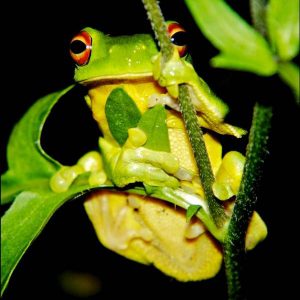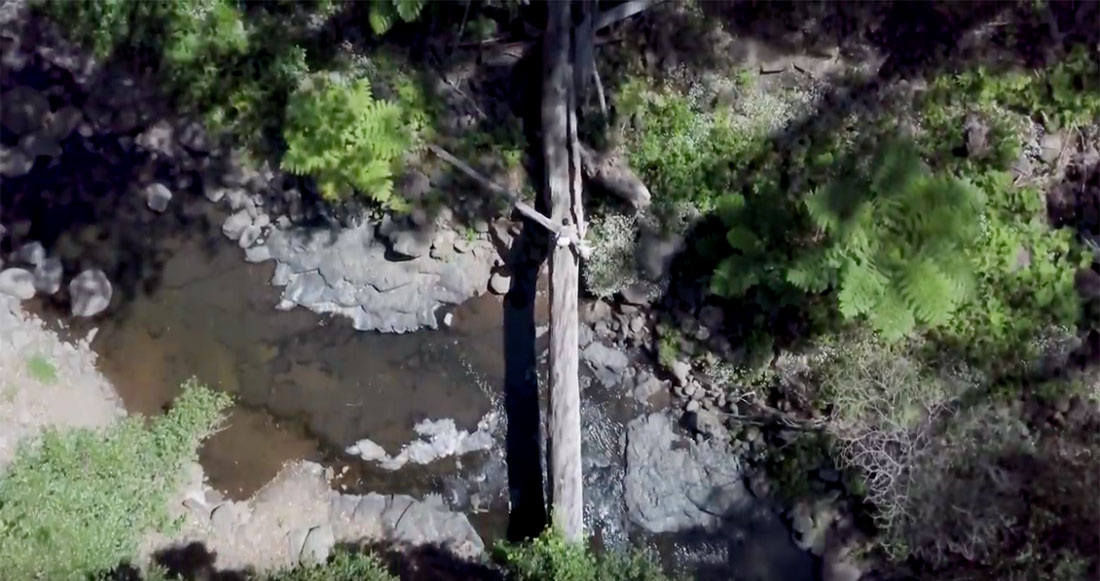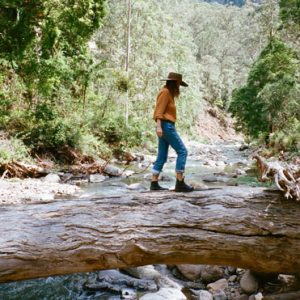
There’s a certain romance about living off-the-beaten-track, in what feels to be, remote, Australian wilderness.
Our air is fresh and clean, our mountain-stream water is pure and a lot of our food is homegrown. Life is simple – in synch with the seasons, the environment, the wildlife and our close-knit community of like-minded folk.
Nightfall is a culmination of our vision to touch the earth lightly while creating a genuinely sustainable business, which is true to our principles of conserving and enriching the land which sustains us.






